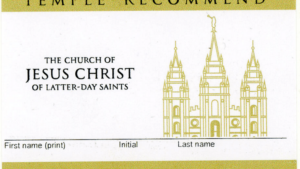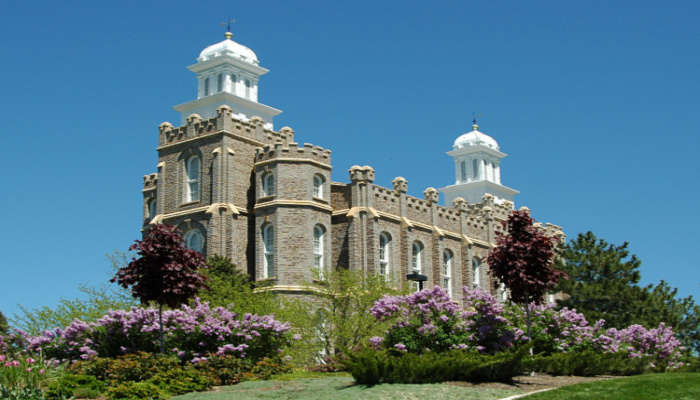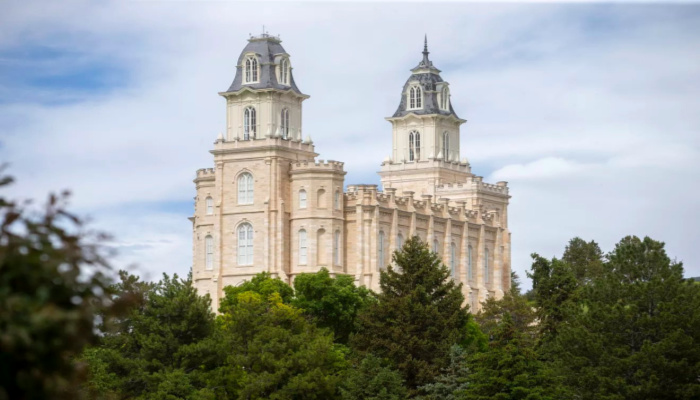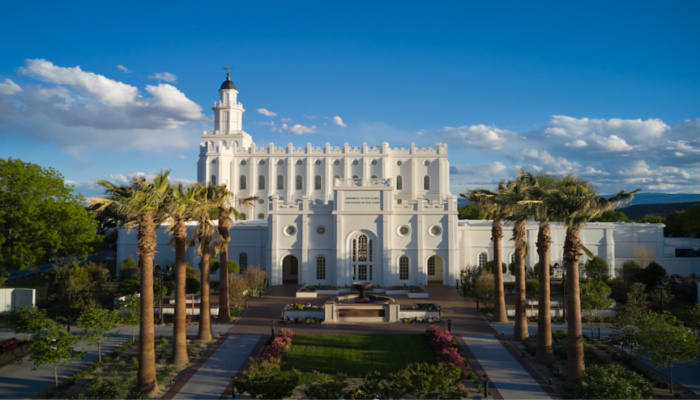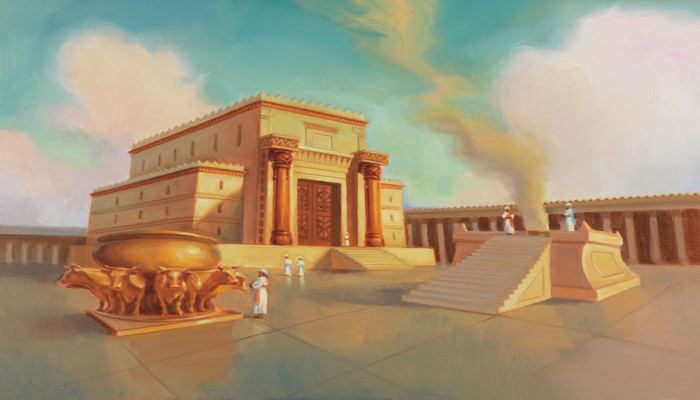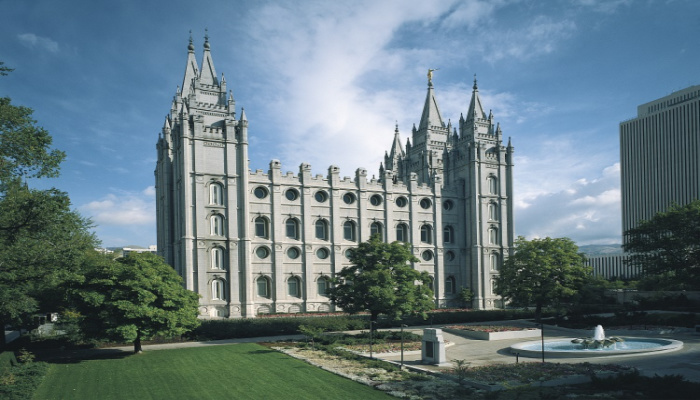
A History of the Salt Lake Temple
The Salt Lake Temple was the sixth temple completed by The Church of Jesus Christ of Latter-day Saints and the fourth finished after the Mormon pioneers’ arrival in what is now the State of Utah. Its construction took 40 years, and it stands as a striking emblem of the Latter-day Saints’ dedication and perseverance. It is also the most well-known temple and has come to symbolize the Church to many throughout the world.
In late July of 1847, the first group of Latter-day Saint pioneers entered the Salt Lake Valley. Within a few days, their leader Brigham Young indicated the precise location where the holy edifice should stand by striking the ground with his cane and announcing, “Here we will build a temple to our God.” Apostle Wilford Woodruff marked the spot then and there. Construction of the temple began on 14 February 1853, following a groundbreaking ceremony conducted by Brigham Young.
A granite deposit was found nearby, and workers began to hand-chisel massive granite blocks which weighed between 2,500 and 5,600 pounds. These large stones were transported by ox-drawn wagon (and later railroad) to the temple lot. Most of the labor was performed by volunteers who, despite their hardships in trying to settle a new land, gave freely of their time and skills. Brigham Young encouraged the Saints to make the Salt Lake Temple the best it could be. The prophet stated that he wanted “to see the Temple built in a manner that it will endure through the Millennium” (Journal of Discourses, 10:254). The temple was built accordingly. Brigham Young also worked extensively with architect Truman O. Angell, directing what the temple was to look like according to the visions and revelations that were given to him by the Lord. The architectural style of the temple is often described as Gothic, complementing the doctrinal symbolism and revelatory layout of the temple.
To read more about this historic temple: MormonWiki





